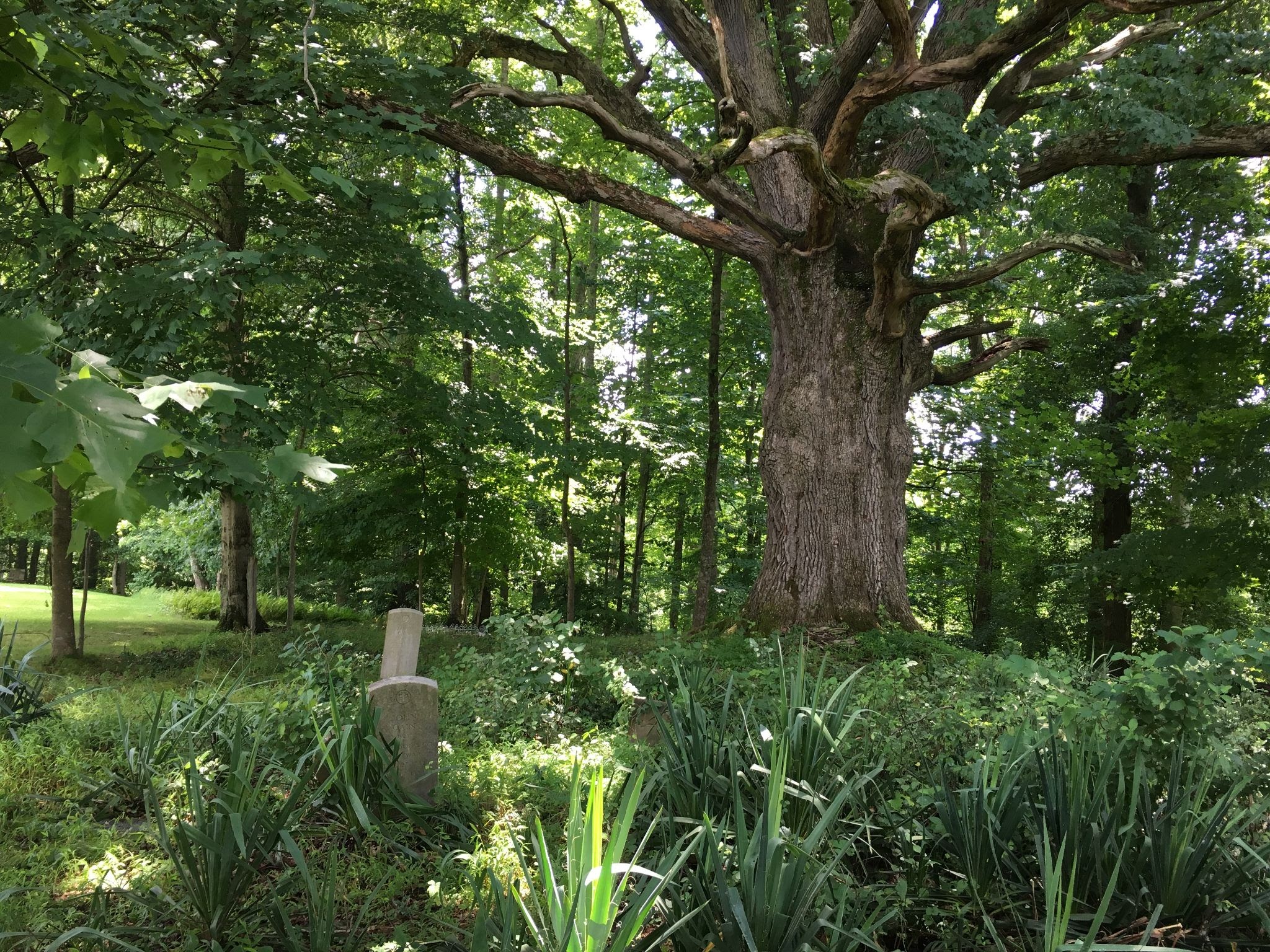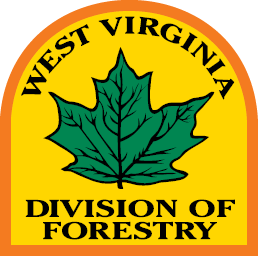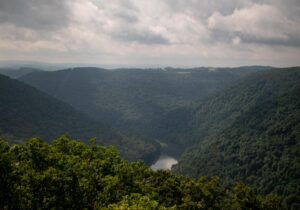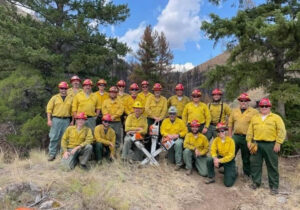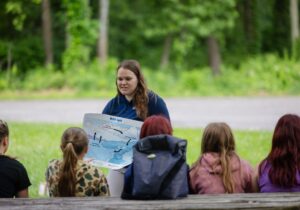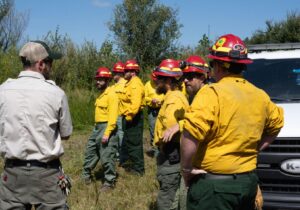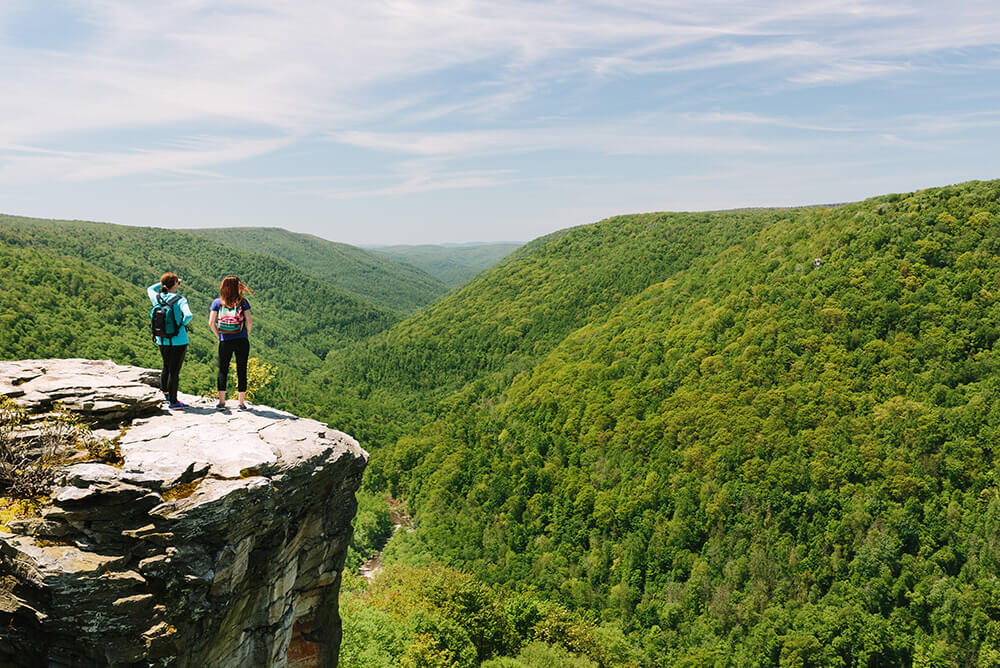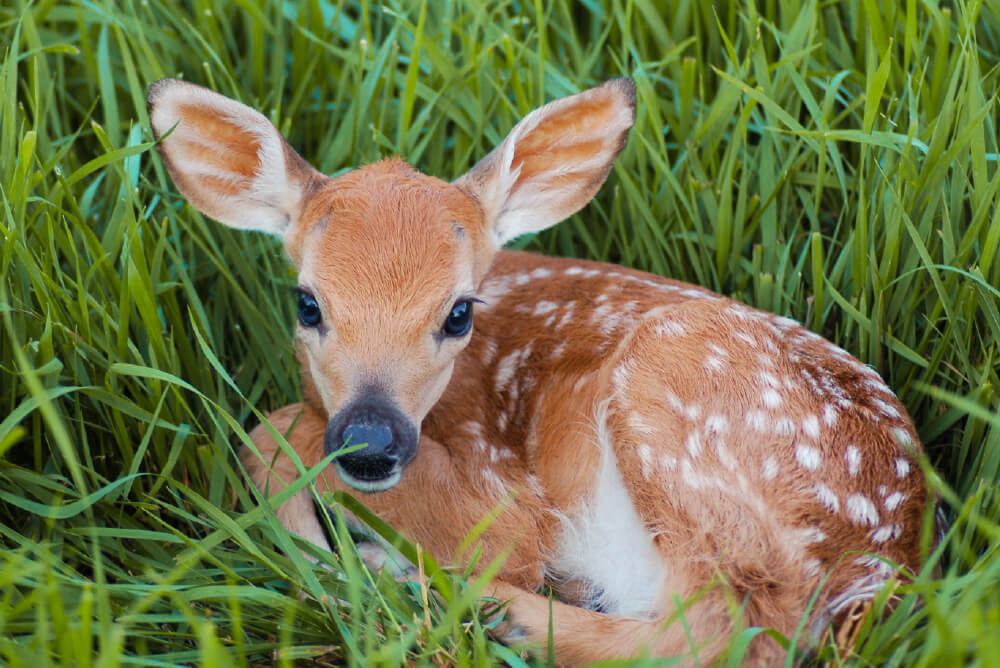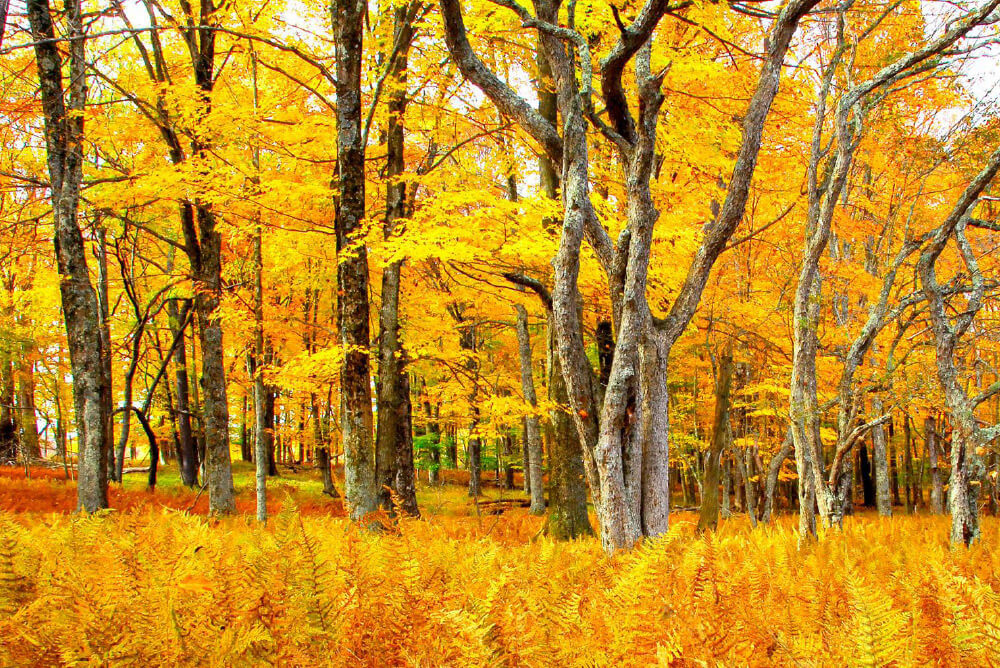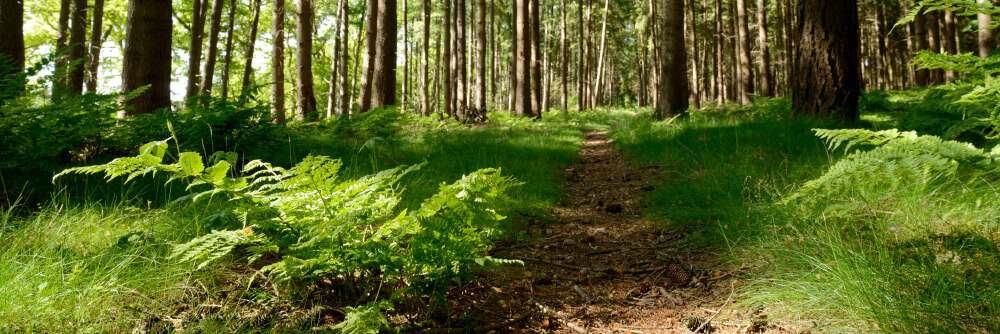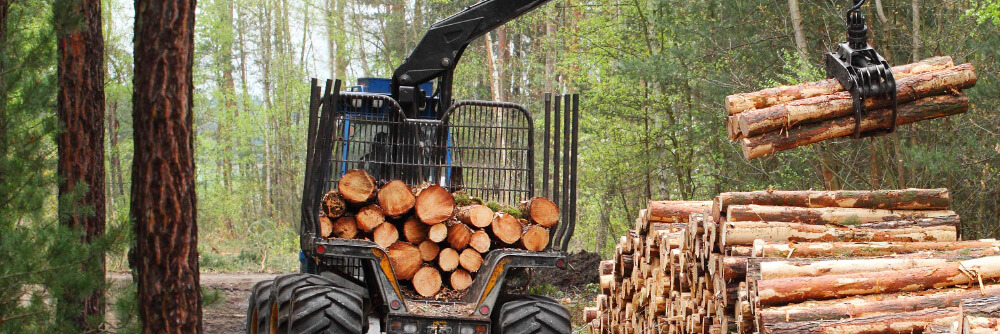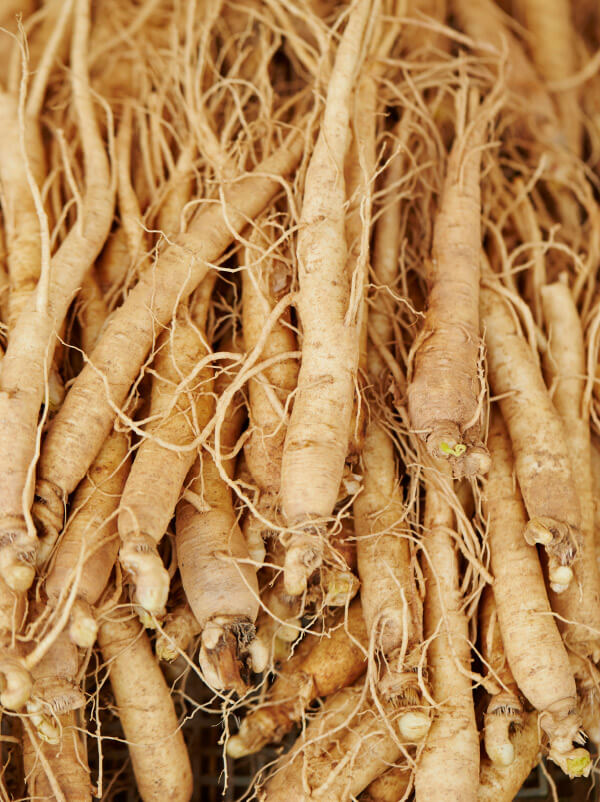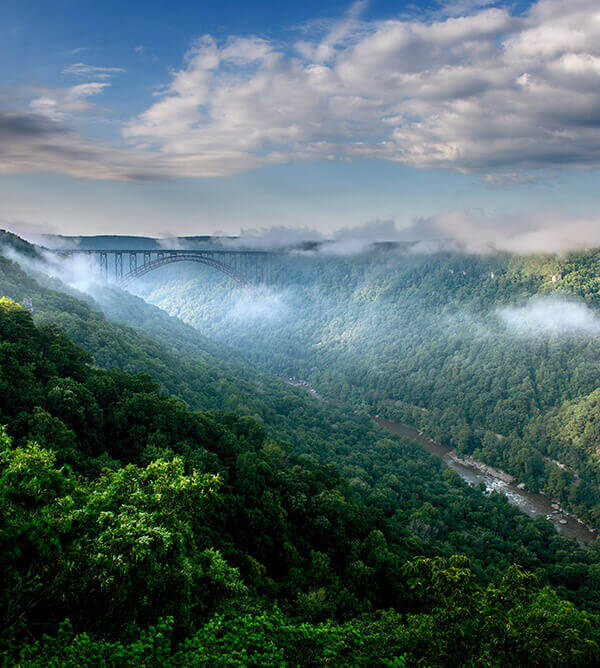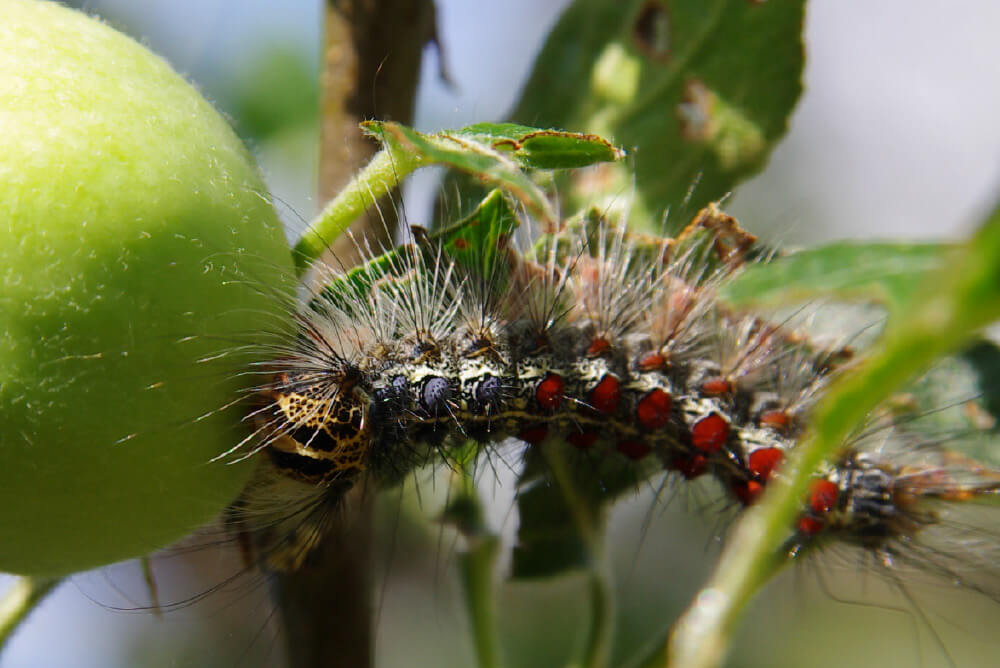The next time you walk into the woods, look for forest giants.
These are the tallest or widest and often oldest trees standing. The West Virginia Division of Forestry invites the public to take their measure and report their location for the state’s Big Tree Program.
“Hunting for big trees is a fun and rewarding past time,” said Urban Forestry Coordinator Robert Hannah, West Virginia Division of Forestry (WVDOF). “It’s a great opportunity to learn to identify the many species found in West Virginia as well as learn how to accurately measure circumference and height. It’s also an opportunity to learn about tree biology, ecosystem benefits and where specific species are likely to be found in our state.”
Giant depositories of yesterday’s memories and tomorrow’s environment
The number of large old trees around the world is shrinking, the result of a combination of human-caused and climate factors. Identifying and measuring big trees does more than record sizable curiosities. Scientific studies have shown that big, old trees play a vital role in the living structure of a healthy natural landscape. Compared to younger, smaller trees, big trees affect nutrient cycles and soil differently. Also, tall trees with a large leaf area remove air pollutants more effectively than small trees. Big trees store vast amounts of carbon, provide nesting cavities for birds and other animals, and influence waterflow.
In addition to these practical benefits, big old trees also serve to capture our imaginations, as WVDOF Service Forester Daniel Cooley has found.
“I enjoy my moments under a big tree. I stop and wonder how old the tree is,” he said. “Did a Native American sit under this tree and knap an arrowhead? Did an early settler shoot a squirrel out of this tree? If trees could talk, I’m sure they could tell some good stories and I would love to hear them.”
He recalled one tree that did not measure up to champion status, but told a tale of sturdy survival. Cooley was looking at timber with a landowner in Harrison County. The owner pointed high up in a tree where Cooley saw a piece of embedded tin. The tree was growing around it. The tin, said the landowner, was lodged in the tree by the Shinnston tornado of 1944.
As a full-time forester serving in Harrison County, Cooley was always looking for champion trees. He found several state champions, including an enormous black walnut tree in his own yard. Cooley measured the tree and found it to be the biggest black walnut tree in the state at the time. The tree, and its record, still stand.
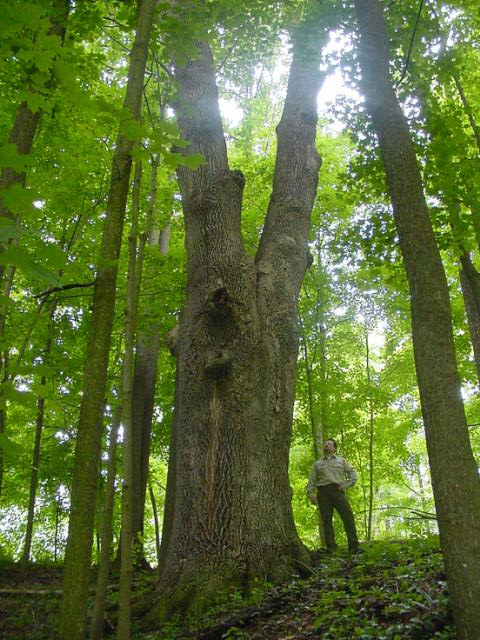
Follow the standard to measure champion trees
Cooley joined West Virginia’s Big Tree Program which verifies tree measurements and re-measures trees every few years. Each state conducts its own program to locate, measure and register the towering trees. However, all states must follow the measurement standards established by American Forests, the organization that keeps the national database of champion trees.
“Trees are nominated by individuals and verified by foresters,” said WVDOF Assistant State Forester Charles Copeland Jr. “Anyone can nominate a tree by going to the West Virginia Division of Forestry website and submitting the form on the Big Tree Program web page. The tree measurements will be verified by a forester using National Register of Champion Trees guidelines.”
The tree’s verified measurements are submitted to American Forests’ National Register of Champion Trees. The trees are the biggest of their species as reported to American Forests in the most current year. According to the measuring manual itself, “There has long been a deceptively easy formula for calculating the overall size of a tree
when nominating a potential Champion:
Trunk Circumference (inches) + Height (feet) + 1/4 Average Crown Spread (feet) = Total Points
“However, within each of those measurements resides a vast realm of variations [from multi-trunk forms to uneven crown spreads], calculations and potential confusion when dealing with living trees.”
Where to find West Virginia Big Trees
The West Virginia Big Tree Program began in 1963. The state’s register of trees was revitalized around 2008 when retired forester Turner Sharp updated the entries. Hannah was appointed as Big Tree Program coordinator the following year.
“Since then, the program has evolved,” Hannah said. “It has a current database, standardized inspection forms and a cycle to ensure every tree is re-inspected and updated every 10 years.”
WVDOF has eight trained Big Tree Program inspectors, including Hannah and Sharp. The inspectors are trained to measure according to American Forests’ guidelines. The guidelines take into account the multiple variations in tree shapes, such as how to measure the girth of a tree with a straight trunk or one that leans, a tree with knots and burls or smooth, single trunk or double.
“Each June, the inspectors receive a list of trees in their area to be inspected over the next year,” Hannah said. “Inspections are usually done in the winter when leaves are off to allow for better visibility of the crown for height measurements. The inspectors submit an inspection report with map and photos. I enter the new data and maintain the database. The new Big Tree register is posted to the WVDOF website. Only trees on public property are posted with exact locations. Most trees are on private property and not accessible by the public without landowner consent.”
Visitors to the WVDOF website can browse the state’s register to find Big Trees growing in accessible public places around the state.
The state has six trees registered in the 2020 National Register of Champion Trees:
- Oak Bur, scientific name Quercus macrocarpa, Mason County
- Pine Table Mountain, scientific name Pinus pungens, Hardy County
- Gingko, scientific name Ginkgo biloba, Jefferson County
- Serviceberry Downy, scientific name Amelanchier arborea, Upshur County
- Serviceberry Downy, scientific name Amelanchier arborea, Pocahontas County
- Oak Pin, scientific name Quercus palustris, Cabell County
As a WVDOF forester, Cooley sees logging as necessary for sustainable environmental and economic health.
“However, there are some trees out there that should not be cut; trees that have survived for hundreds of years and have a story to tell,” he said. “They have survived fires, floods, storms and development. For whatever reason, they have escaped the axe, the crosscut saw and the chain saw for all these years and deserve to be recognized.
“The best example of this that I know of is the Widen Poplar on coal company land in Clay County. When you stand under this tree and look up, you think you are looking at a giant redwood. At 170 feet tall and almost 6 feet in diameter, this poplar is impressive. The area surrounding this tree has been mined and logged. Many fires have burned through the woods at the base of this tree. Dozens of people through the years have tried to carve initials in the thick bark, but through it all, this gigantic yellow poplar tree has survived.
“There are some trees that need to be cut, but there are some that need to be left alone so they can continue to provide memories and enjoyment.”
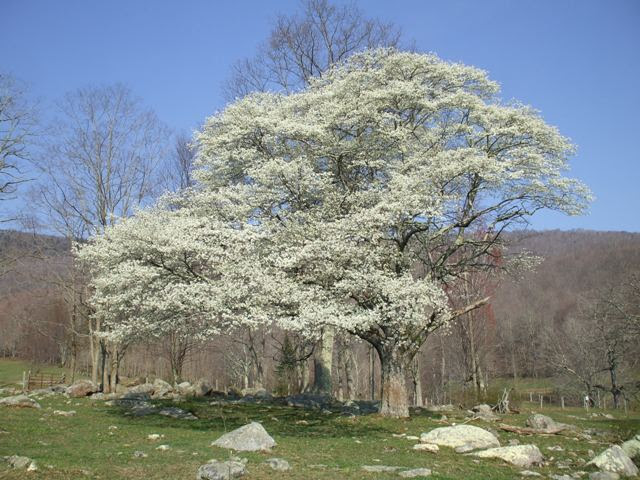
Share your potential giants with Forestry
“The Big Tree Program provides a record of maximum size for each species growing in West Virginia,” said Hannah. “We want the public to look for and appreciate big trees. Hopefully, we will all realize the significance and value that trees of all types provide. So we encourage you to get out there and start hunting for new champions in West Virginia.”
